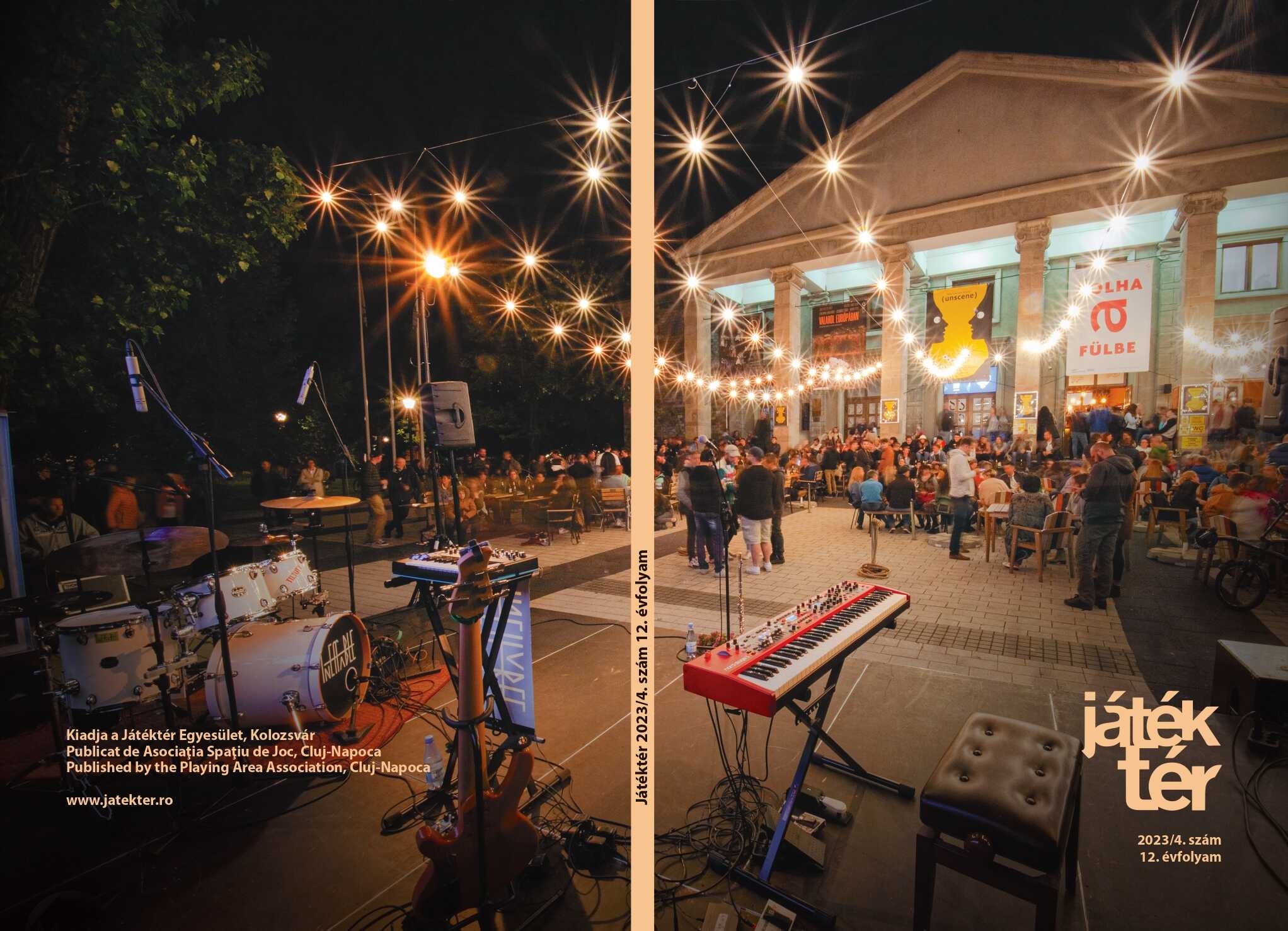Barbara Kirshenblatt-Gimblett: Hogy nyer értelmet az étel az előadásban: az asztal és a színpad
Barbara Kirshenblatt-Gimblett: Making Sense of Food in Performance. The Table and the Stage
Author(s): Barbara Kirshenblatt-GimblettContributor(s): Kinga Kovács (Translator)
Subject(s): Theatre, Dance, Performing Arts, Fine Arts / Performing Arts, History of Art
Published by: Játéktér Egyesület
Keywords: canonical theatre;Futurist banquets;Dali dinners;performance art;Barbara Kirshenblatt-Gimblett;theatre;food;performance;theatre history
Summary/Abstract: What would theatre history look like if it were to be written backwards from the Futurist banquets and Dali dinners and performance art? Canonical histories of theatre take as their point of departure that which counts as theatre in the modern period – namely, theatre as an autonomous art form – and search for its “origins” in fused art forms. Central to the notion of theatre as an independent art are plays, and as an indication of the maturing of this form, a dedicated architecture or theatre (literally a place of seeing). Canonical theatre histories are written with the aim of understanding how modern theatre came to be. Understandably, the search is for corollaries in the past. Thus, Oscar G. Brockett’s History of Theatre is a history of drama and its performance: it does not view courtly banquets, tournaments, royal entries, and street pageants as performance genres in their own right but as occasions for plays and playlets. Such histories attend not to the fusion but to the seeds of what would become an independent art form called theatre.
Journal: Játéktér
- Issue Year: 2023
- Issue No: 4
- Page Range: 31-48
- Page Count: 18
- Language: Hungarian
- Content File-PDF

